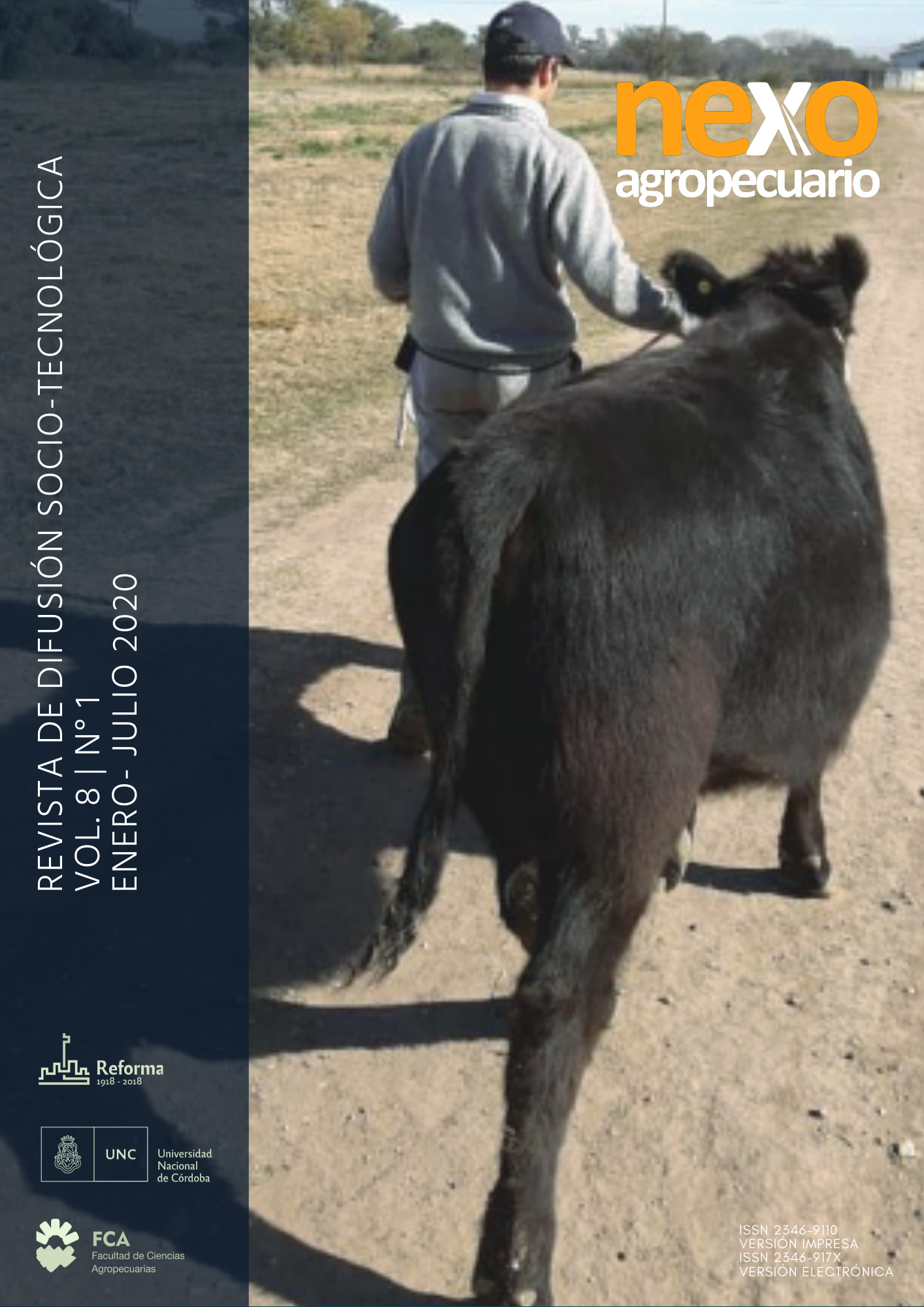Native Aromatic and Medicinal Plants in the Paravachasca Valley: promoting the revaluation and sustainable use
Keywords:
collectors, participation, extention, technology, schoolsAbstract
In the Paravachasca Valley the collection, use and commercialization of aromatic and medicinal plants (MAP) are practices widespread and rooted practices among the population. The collection without taking into account the phenological state and population dynamics, coupled with the misuse of soil and the advancement of urbanization, causes the degradation of wild populations, impacting on the family income of social actors. This context exposes the need to develop and transfer to the rural population and collectors of the MAP technologies to conserve and revalue the natural resource. The aim was to promote the use, production and sustainable use of native MAPs and to train students, teachers, producers and political policy makers in technologies for their cultivation. Productive crop planning was carried out that served for the implementation of demonstrative and experimental plots. The following were carried out successful service-learning practices were carried out among the participants in an active way; knowledge and what was learned about crop technologies and sustainable use of wild populations were exchanged. This linkage and interrelationship made it posible to identify problems with respect to the developed topics that will be objective for future research.
Downloads
References
Bustos J.A. (2009). Caracterización poblacional y de hábitat de la peperina (Minthostachys mollis (Kunth) Griseb.) en el noroeste de Córdoba. Tesis de Maestría. Facultad de Ciencias Exactas, Físicas y Naturales, Universidad Nacional de Córdoba, Córdoba, Argentina, 60 pp.
Gavier G.I., y Bucher E.H. (2004). Deforestación de las Sierras Chicas de Córdoba (Argentina) en el período 1970-1997. Academia Nacional de Ciencias, Córdoba Argentina. Miscelánea N°101.
Iannicelli, J., Guariniello, J., Pitta Álvarez, S. y Escandón, A. (2018). Traditional uses, conservation status and biotechnological advances for a group of aromatic / medicinal native plants from America. Biol. Latinoam. Caribe Plant. Med. Aromat, 17 (5): 453 – 491.
Martínez G., Planchuelo A., Fuentes E. y Ojeda M.S. (2006). A numeric index to establish conservation priorities for medicinal plants in the Paravachasca Valley. Córdoba. Argentina. Biodiversity and Conservation, 15: 2457-2475.
Martínez, G. (2015). Las plantas en la medicina tradicional de las Sierras de Córdoba: un recorrido por la cultura campesina de Paravachasca y Calamuchita. 2° Ed. De todos los mares, Córdoba. Argentina, 212 pp.
Ojeda M.S. (2008). Transferencia y difusión del cultivo de plantas aromáticas a pequeños productores y grupos vulnerables usando como modelo la peperina. En: Aprendizaje-Servicio en la Educación Superior: una mirada analítica desde los protagonistas. Eudeba-Bs As (Argentina), 81-88 pp.
Downloads
Published
Issue
Section
License

This work is licensed under a Creative Commons Attribution-NonCommercial-ShareAlike 4.0 International License.
Aquellos autores/as que tengan publicaciones con esta revista, aceptan los términos siguientes:- Los autores/as conservarán sus derechos de autor y garantizarán a la revista el derecho de primera publicación de su obra, el cuál estará simultáneamente sujeto a la Licencia de reconocimiento de Creative Commons que permite a terceros compartir la obra siempre que se indique su autor y su primera publicación esta revista.
- Los autores/as podrán adoptar otros acuerdos de licencia no exclusiva de distribución de la versión de la obra publicada (p. ej.: depositarla en un archivo telemático institucional o publicarla en un volumen monográfico) siempre que se indique la publicación inicial en esta revista.
- Se permite y recomienda a los autores/as difundir su obra a través de Internet (p. ej.: en archivos telemáticos institucionales o en su página web) después del proceso de publicación del número de la revista, lo cual puede producir intercambios interesantes y aumentar las citas de la obra publicada. (Véase El efecto del acceso abierto).


